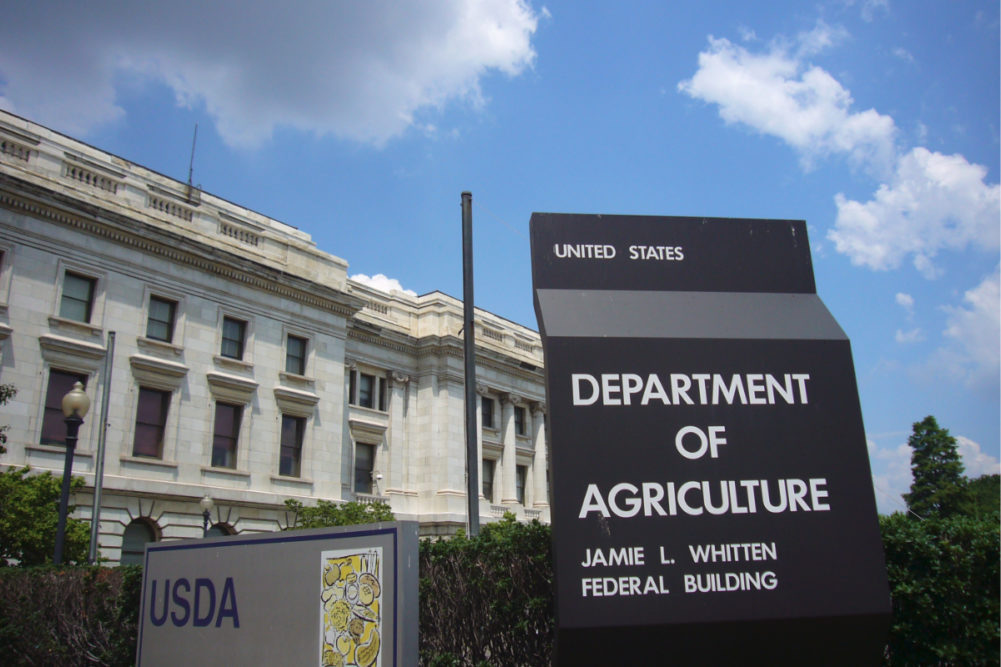
- Details
- By Tribal Business News Staff
- Food | Agriculture
Invasive pests cost the United States an estimated $40 billion per year in damages to trees, plants, and crops. Countries around the world lose up to 40 percent of their food crops each year to similar problems. The issue is doubly serious for tribes facing damages or losses to culturally, economically, and substantially significant foods and plants in their homelands.
In attempting to protect these resources, the Department of Agriculture’s Animal and Plant Health Inspection Service, or APHIS, has provided a new round of funding for tribal projects targeting plant resilience against pests and invasive species.
The department has granted $1.5 million toward 12 tribal projects (out of a wider $70 million funding 374 projects total.) That’s up from $650,000 in 2022 and $661,476 in 2023, with plans to eventually set aside $4 million for tribes in the future, per the 2024 fiscal year plan.
Many of the projects, such as a Nez Perce biocontrol initiative aimed at studying and pre-empting invasive plant species, are returning for a new year of funding, while others, such as a Muckleshoot noxious weed control project, are new partners. Each of the projects was aimed at improving plant and indigenous species resilience in tribal communities, per a USDA press release.
The USDA was particularly excited to sign a new partner into the program amid a department-wide push for wider outreach in encouraging tribes to utilize their grants and services, said Julie Van Meter, policy director for the Plant Pest and Disease Management and Disaster Prevention Program that oversees PPA 7721 funding.
“We are always looking for new partnerships and new opportunities to fund new projects,” Van Meter said. “We were really excited to fund those 12 suggestions, but we're continuing to look for partners with tribes and tribal organizations in particular.”
The project awards include:
- $40,000 for a Wisconsin Tribal Forest Pest Survey under the Wisconsin Tribal Conservation Advisory Council.
- $69,000 for expanding the Wisconsin First Detector Network, an invasive species monitoring initiative at the University of Wisconsin-Madison.
- $68,000 for an invasive species project supporting tribes in Maine at the University of Maine.
- $80,000 for interagency outreach and education capacity-building at the Washington Recreation and Conservation Office.
- $65,972 for ash tree and hemlock preservation in the Northeast (both of which are culturally significant plants for tribes,) through the Gulf of Maine Research Institute.
- $78,000 for the Wisconsin Tribal Conservation Advisory Council’s “Investing In Our Future: Native American Seasonal Workers on Tribal Lands” project.
- $88,221 for a project co-designing educational resources with local tribes through Washington State University.
- $306,270 for a mitigation and forest health improvement project under the Saint Regis Mohawk Tribe.
- $351,161 for the field release, evaluation, and management of two species of noxious plants under the USDA Agricultural Research Service.
- $329,889 for the aforementioned Nez Perce biocontrol project.
- $25,762 for improving the Wisconsin Tribal Conservation Advisory Council’s mitigation and rapid response capacities in the state.
- $42,215 for the Muckleshoot Indian Tribe’s noxious weed control project.
Van Meter encouraged tribes who may be interested in funding under the Plant Protection Act, which allocated annual money for these awards under section 7721, to keep an eye out for criteria and an implementation plan in the spring, with an eventual funding opportunity in between June and August.
Moreover, tribes may find the process less onerous than the average grant application, Van Meter noted.
“We need to build some roads, figuratively speaking - we need to make sure that tribes and tribal organizations are aware of opportunities within the PPA, so that we can protect agriculture and the environment,” Van Meter said. “We ask some basic questions about the who, what, and why. What are you doing, who's going to be doing it, how will the work get done, it doesn't require formal grant writing training at all. It's accessible to a wide variety of groups.”
